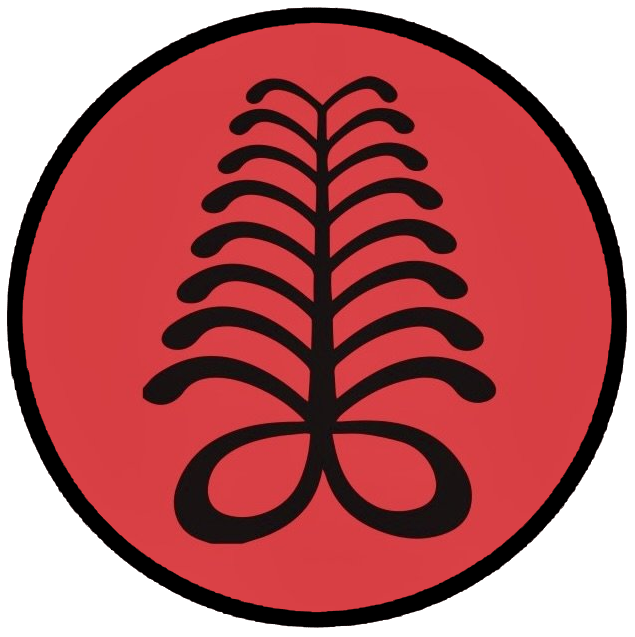See-The-Tape-Through Technique~ Decision Making for Athletes
Step-by-Step: See the Tape Through
Scenario
An endurance athlete wants to get fitter before a key race.
Instead of adding more training, they and their coach decide to shift one weekly session from moderate intensity to technique-focused quality (ex: swapping a midweek medium run for a run form session or skills-based ride).
A small, smart refinement — not “do less,” but “do better.”
Immediate Effect
The athlete feels fresher going into quality sessions.
Technique becomes smoother and more efficient.
Cadence, stroke rate, or pedal mechanics improve.
Next Effects
Better technique → less wasted energy.
Better movement → lower injury risk.
Quality intervals are executed with sharper form and higher precision.
Athlete recovers faster between hard days.
Downstream Effects
Higher efficiency shows up in training:
• Running economy improves
• Bike power holds steadier
• Swim stroke becomes cleaner and more rhythmic
The athlete begins hitting target paces/power with less effort.
Weekly fatigue is lower, consistency is higher.
Positive Risk Shift
More good things become likely:
• Lower injury risk
• Higher training quality
• More consistent adaptation
• Less accumulated stress
• Better confidence and rhythm
Competition Outcome
The athlete arrives at the race:
• Efficient
• Fresh where it counts
• Confident in mechanics
• Able to access top-end fitness
Race execution improves → stronger bike, smoother run off the bike, better pacing decisions.
Seeing the tape through shows how choosing precision over volume leads to the biggest performance upside.
1. Define the decision
“What small adjustment can improve performance?”
Ex: “Shift one medium-intensity session to technique work.”
2. Define the objective
“Arrive at the race more efficient and durable.”
3. Map positive first-order effects
• Fresher legs for quality
• Better form
• Reduced mechanical stress
4. Trace second- and third-order effects
Ask “and then what?”:
• Better form → better economy
• Better economy → improved speed at same HR
• Less strain → lower injury risk
• Higher quality → better adaptations
• More confidence → better decision-making
5. Upside vs upside
Upsides stack:
• Better efficiency
• More durable movement
• Stronger key sessions
• Healthier training consistency
Downside: none — the adjustment supports the goal.
6. Identify green flags
• Paces/power holding strong
• Good rhythm and energy
• No niggles
• Solid technique in warm-ups
• Strong execution in key sessions
7. Positive reinforcements
• Keep technique session weekly
• Maintain fueling habits
• Keep strength mobility routine
• Protect key sessions
• Celebrate consistent execution
8. Success markers
You know it’s working when:
• Key sessions feel snappier
• You hit targets without forcing
• Form stays tight late in workouts
• Recovery feels quicker
• You feel confident heading into race week
9. Daily tracking (simple, positive)
• Energy
• Mood
• Technique quality
• Session quality
• Any niggles
This reinforces growth.
10. End-of-week reflection
Ask:
• What improved?
• What technique gains showed up?
• What felt smoother or easier?
• What can I keep doing?
Momentum builds from clarity.
